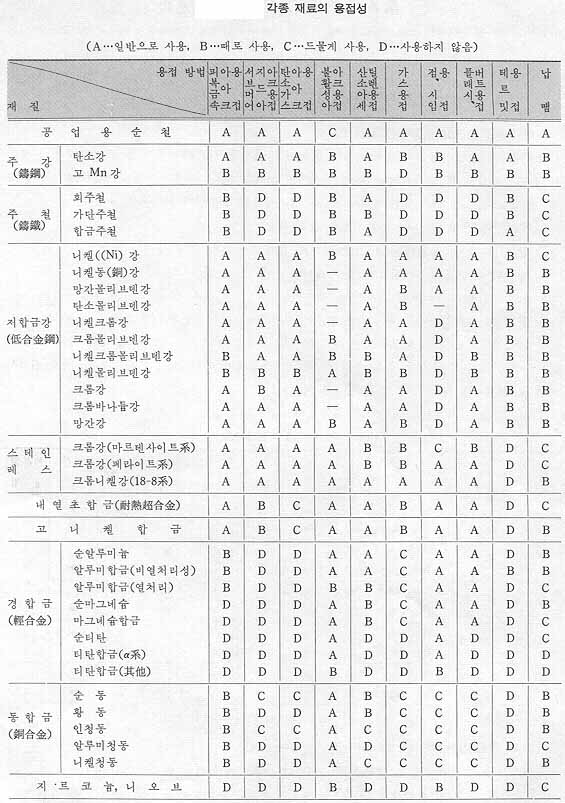|
The weldability of a material refers to its ability to be welded. Many metals and thermoplastics can be welded,
but some are easier to weld than others. It greatly influences weld quality and is an important factor in
choosing
which welding process to use.
Steels
The weldability of steels is inversely proportional to a property known as the hardenability of the steel,
which measures the ease of forming martensite during heat treatment. The hardenability of steel depends on its
chemical composition, with greater quantities of carbon and other alloying elements resulting in a higher
hardenability and thus a lower weldability. In order to be able to judge alloys made up of many distinct
materials, a measure known as the equivalent carbon content is used to compare the relative weldabilities of
different alloys by comparing their properties to a plain carbon steel. The effect on weldability of elements like
chromium and vanadium, while not as great as carbon, is more significant than that of copper and nickel, for example.
As the equivalent carbon content rises, the weldability of the alloy decreases. The disadvantage to using plain
carbon and low-alloy steels is their lower strength,there is a trade-off between material strength and weldability.
High strength, low-alloy steels were developed especially for welding applications during the 1970s, and these
generally easy to weld materials have good strength, making them ideal for many welding applications.
Stainless steels, because of their high chromium content, tend to behave differently with respect to weldability
than other steels. Austenitic grades of stainless steels tend to be the most weldable, but they are especially
susceptible to distortion due to their high coefficient of thermal expansion. Some alloys of this type are prone
to cracking and reduced corrosion resistance as well. Hot cracking is possible if the amount of ferrite in the
weld is not controlled?to alleviate the problem, an electrode is used that deposits a weld metal containing a
small amount of ferrite. Other types of stainless steels, such as ferritic and martensitic stainless steels,
are not as easily welded, and must often be preheated and welded with special electrodes.
Aluminum
The weldability of aluminum alloys varies significantly, depending on the chemical composition of the alloy used.
Aluminum alloys are susceptible to hot cracking, and to combat the problem, welders increase the welding speed to
lower the heat input. Preheating reduces the temperature gradient across the weld zone and thus helps reduce hot
cracking, but it can reduce the mechanical properties of the base material and should not be used when the base
material is restrained. The design of the joint can be changed as well, and a more compatible filler alloy can
be selected to decrease the likelihood of hot cracking. Aluminum alloys should also be cleaned prior to welding,
with the goal of removing all oxides, oils, and loose particles from the surface to be welded. This is
especially important because of an aluminum weld's susceptibility to porosity due to hydrogen and dross due
to oxygen.
|

|
